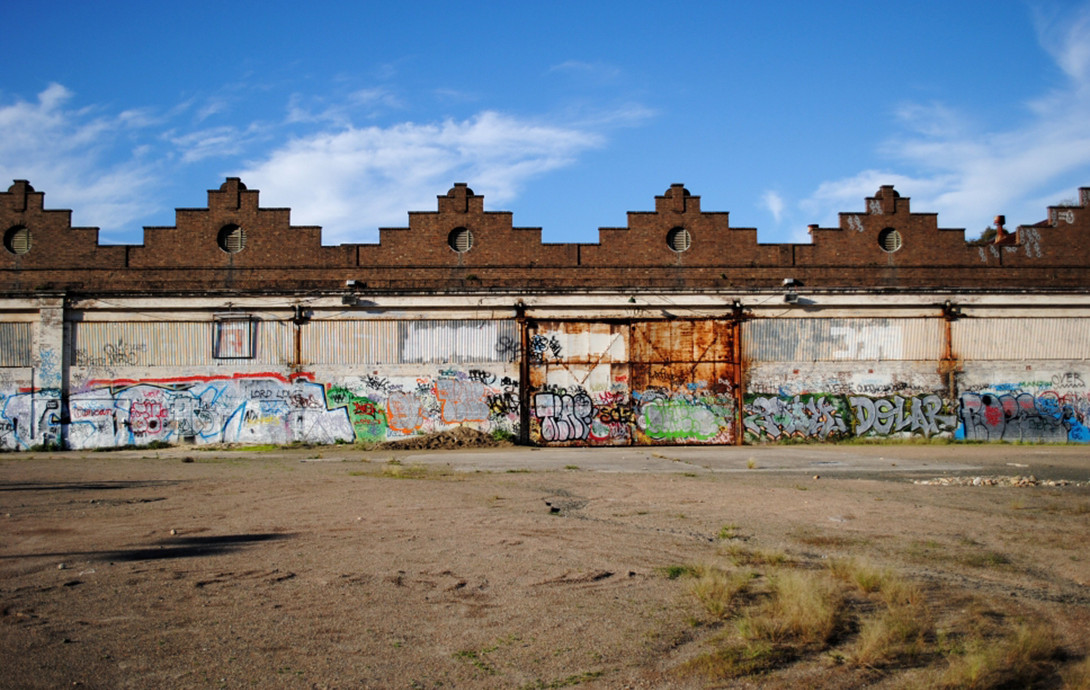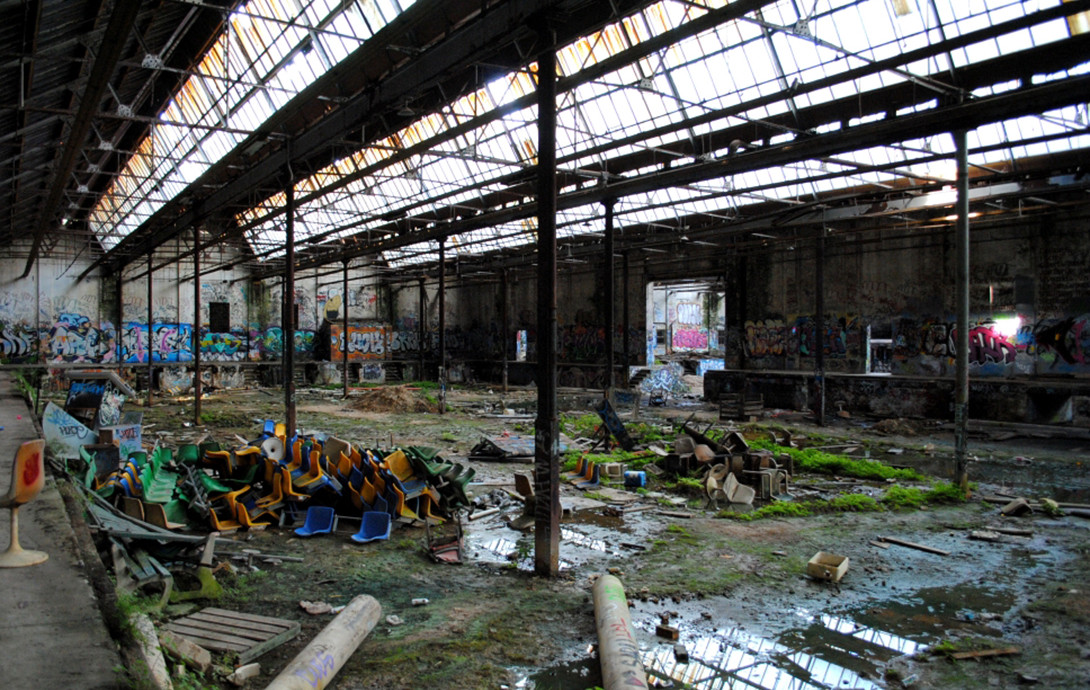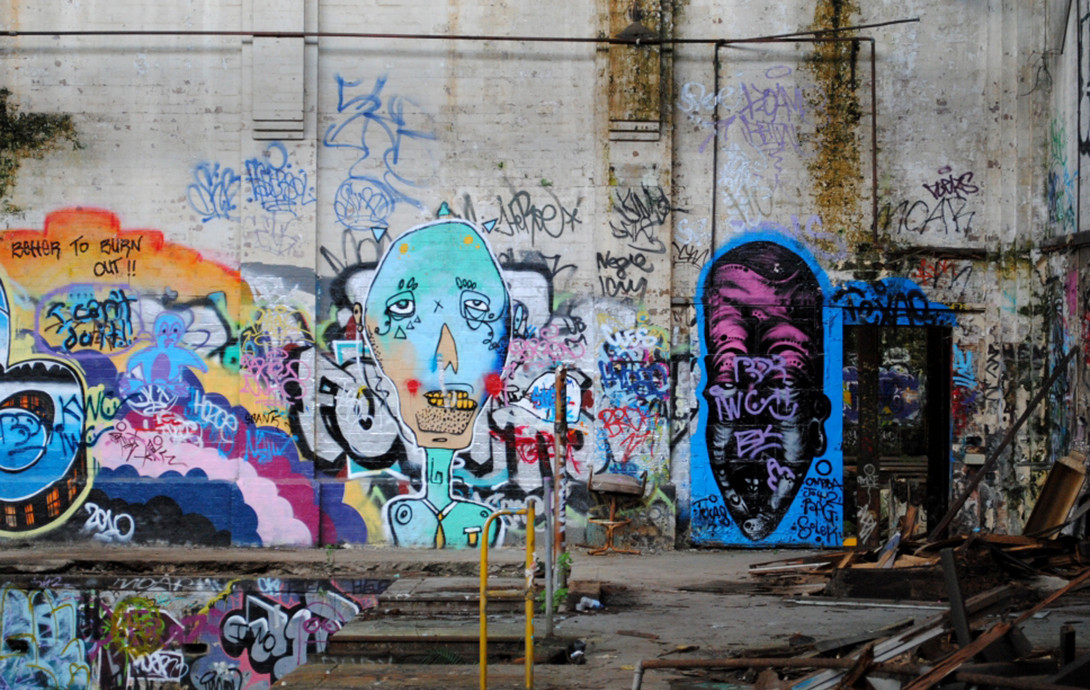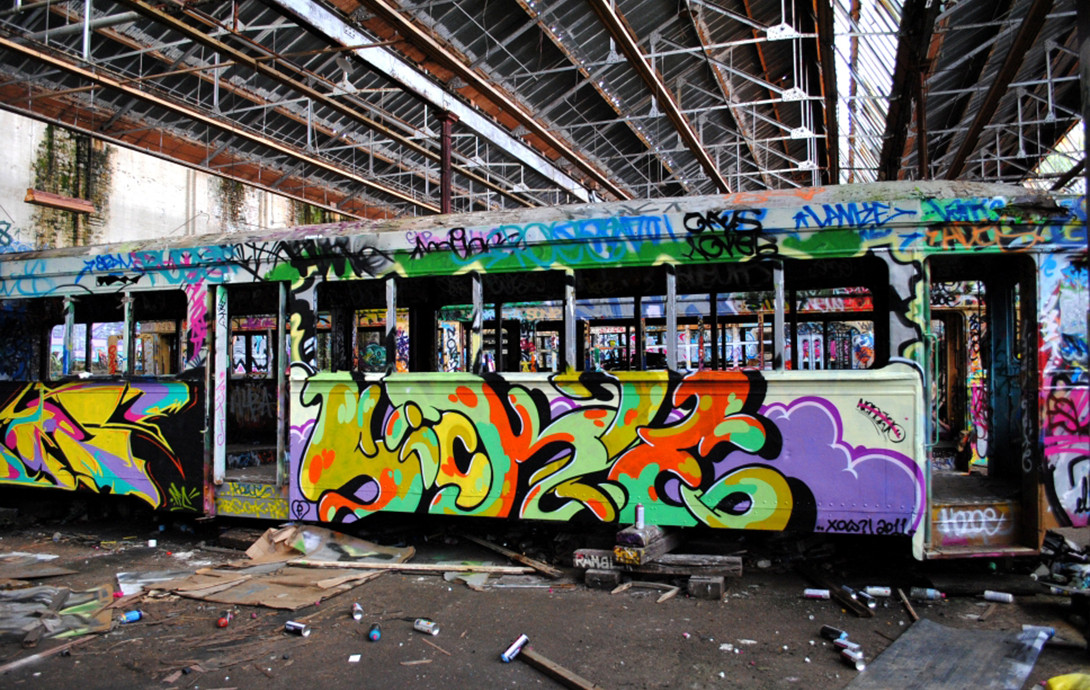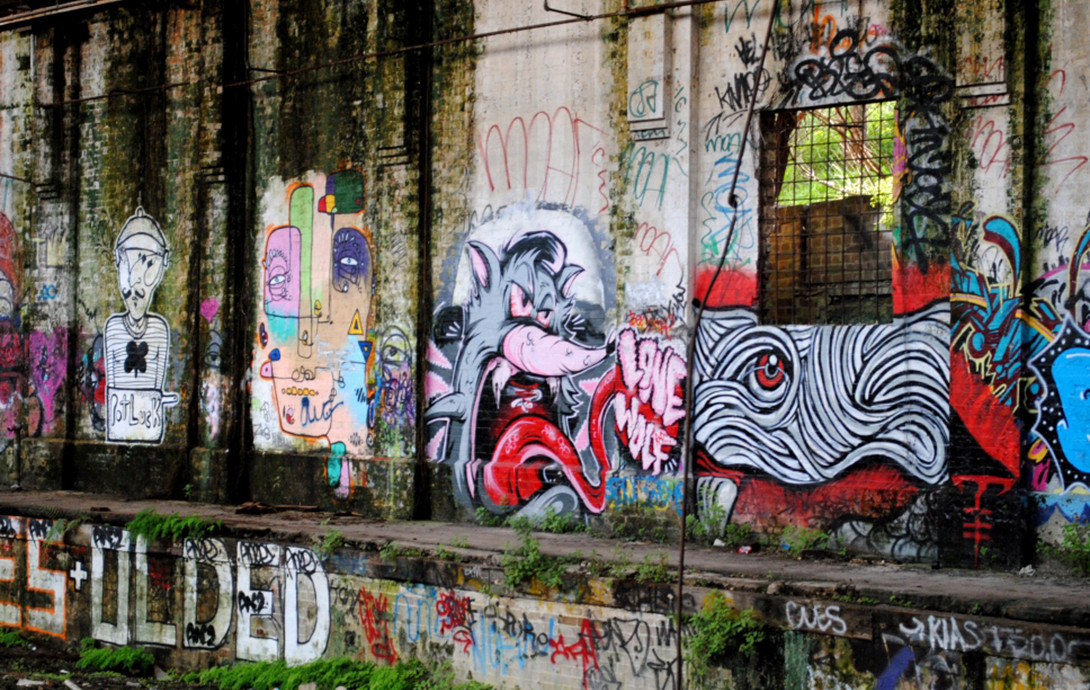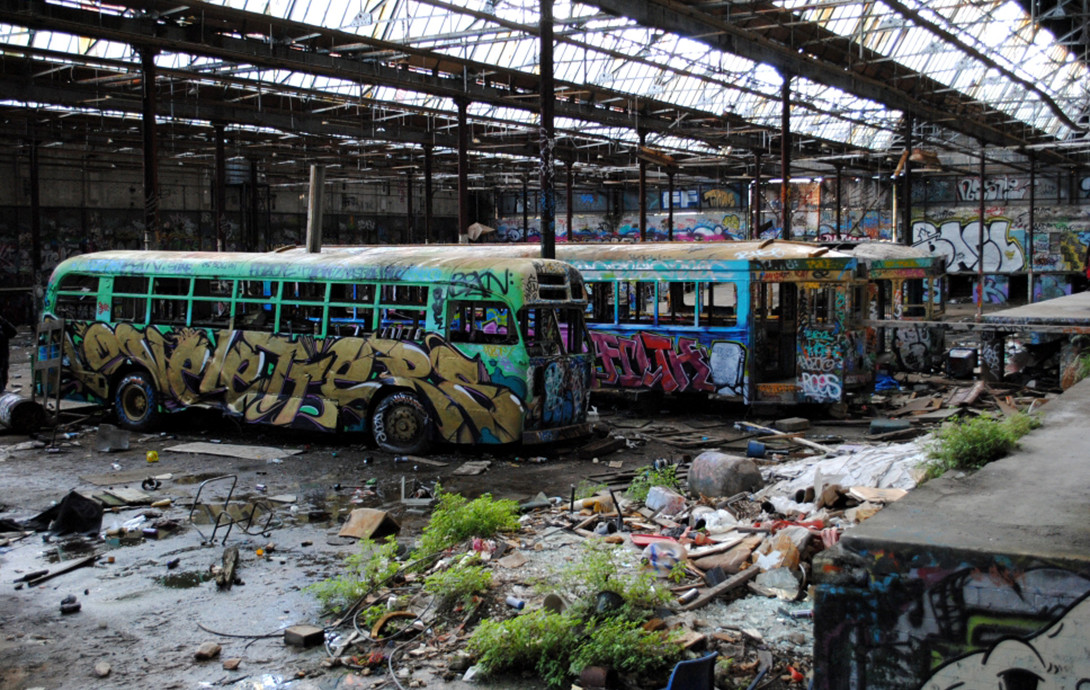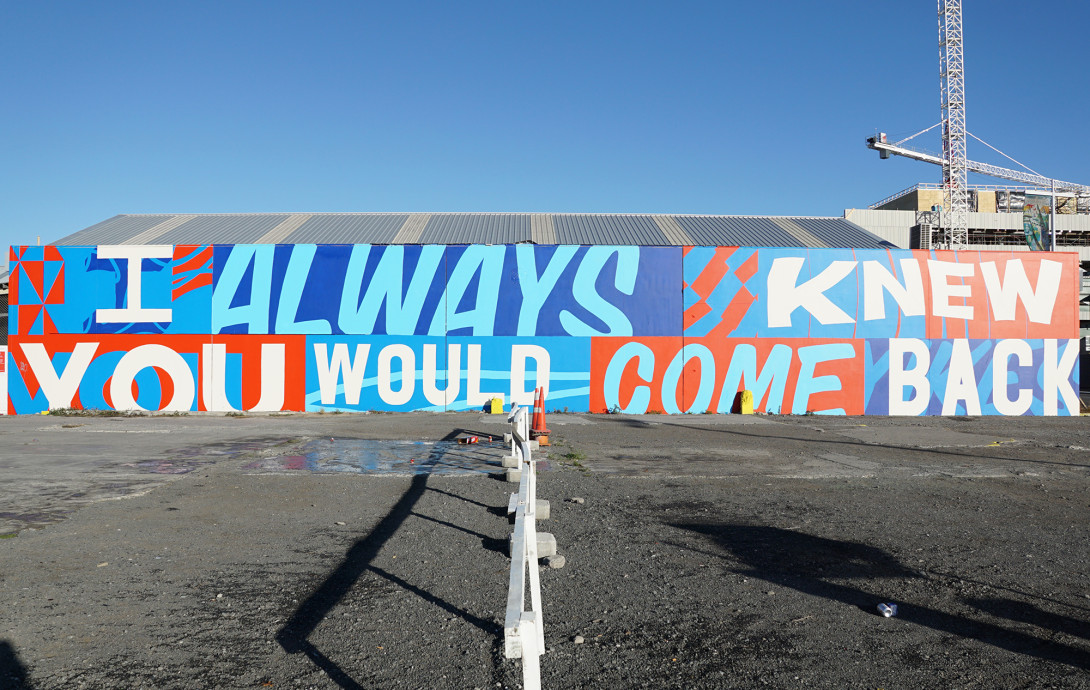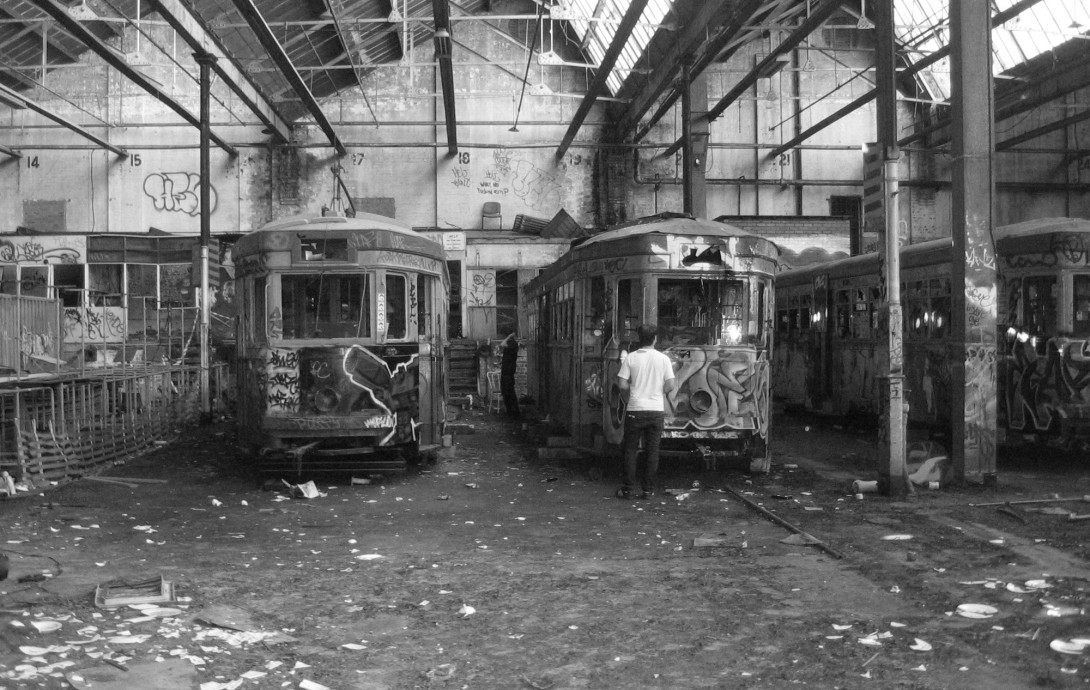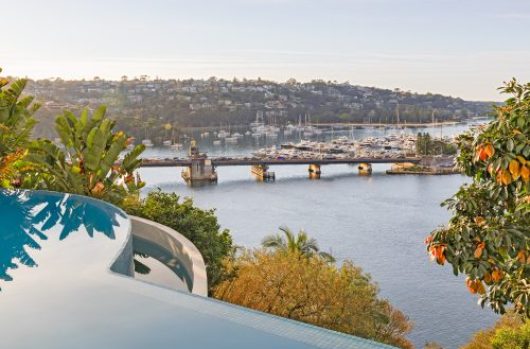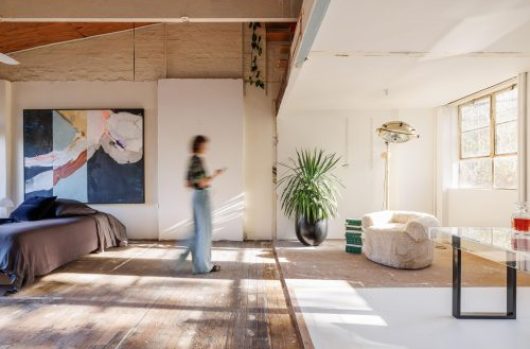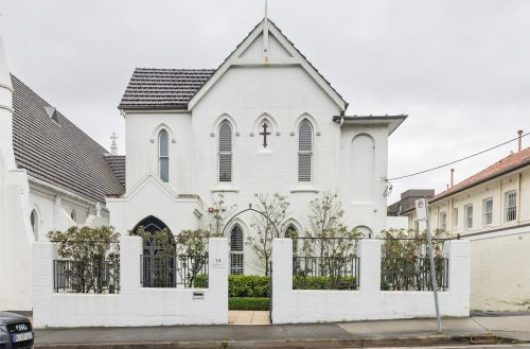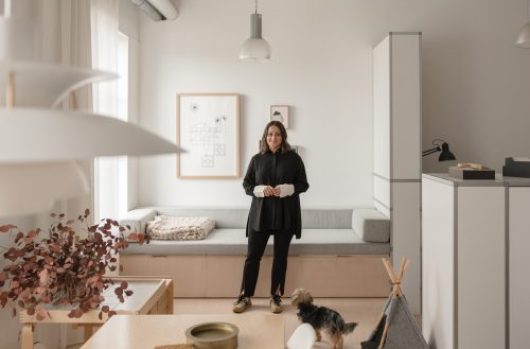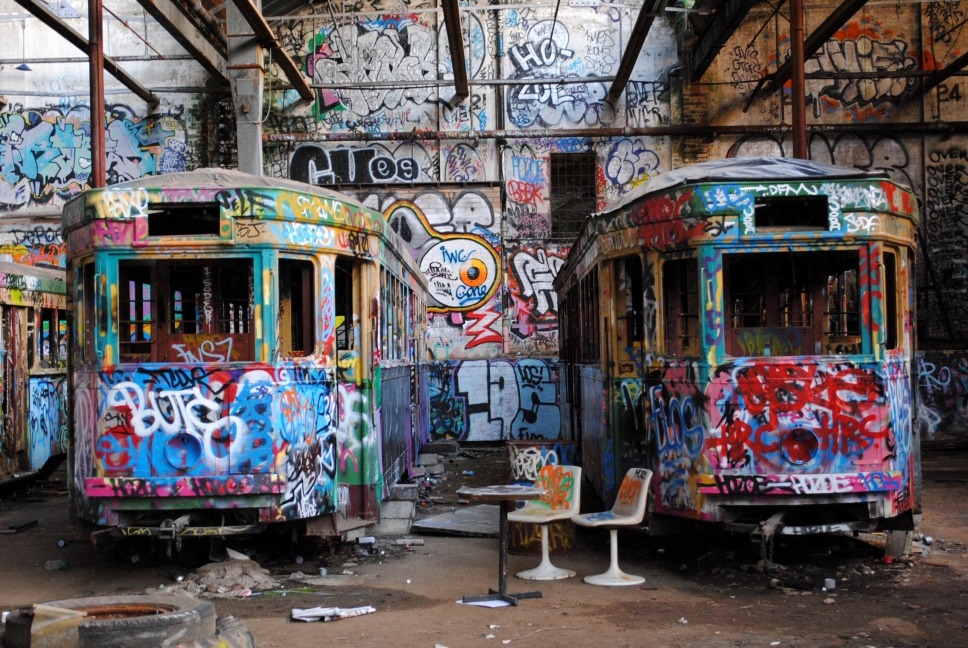
Streetcars and street art
If you’re a food lover, live in the Inner West – or both, chances are you’ve already been to Sydney’s hot new dining hub, Harold Park Tramsheds in Glebe. Mirvac’s development brings together foodie institutions like Gelato Messina and Belle’s Hot Chicken with new ventures from some of the city’s best chefs – including paddock-to-plate restaurant Butcher and the Farmer by Jared Ingersol.
It’s been brought to life within the expansive shell of the Rozelle Tram Depot: for decades a crucial cog in the machine that was Sydney’s tram system – in its heyday the largest in Australia, and one of the largest in the world. The depot itself was built in 1904 and closed in 1958, and bears all the heritage-listed hallmarks of an industrial icon.
Mirvac has paid homage to this history in its redevelopment: the building’s original features shine and a restored tramcar enjoys a prominent position. But there’s another layer you’ll notice: one that speaks of the Tramsheds’ latter-day history. The colourful graffiti that covers stretches of bare-bones concrete wall is a clue to its life as an abandoned building: when it served as both haven and canvas for Sydney’s street artists.
Although technically out of bounds after the trams stopped running, the creative and curious alike found their way in, and by the time the building was sealed off once and for all, every inch of every surface was covered in spray paint. For some of Australia’s top contemporary artists – like Sydney-based Elliott ‘Numskull’ Routledge – it was a playground for practice and experimentation. Routledge is known for his arresting and colourful large-scale public murals, which can be found across the globe. At home, he’s installed works for Art & About Sydney, Catalina restaurant and Marrickville council to name just a few.
For him, the old depot was a unique space that he’d visit once every couple of weeks; and a place he’d take other artists to paint when they came to town. He remembers his first visit well: “I climbed in via the roof. After painting that day, we realised whoever owned the building had a relaxed attitude to people being in there. It was paradise. We painted everything in sight. Walls, the trams, there was even a small bus and a random boat in there at one point. Everything about it was great. Most of all, we could paint there during the day without any issues. We felt safe and free to create our art.”
The building was not only frequented by graffiti writers and street artists, but by a broad spectrum of people. Nadine Emans is the editor of I Love the Inner West, a site dedicated to cool things and cultural happenings on this side of town. Through Facebook and Instagram, she passionately documents local street art. She too was captivated by the space, and notes that it was “not only used as a canvas for artists, but also as a backdrop in movies, music clips, advertising campaigns and photo-shoots.”
She considered each artwork she saw to be another layer of the building’s rich history and is glad to have captured it on camera. “It’s interesting looking back through my photos from years ago,” she says; “recognising the work of artists who once painted on the hidden walls of abandoned buildings like the Tramsheds and whose work I now enjoy seeing on the streets of the Inner West on a regular basis.”
Both Routledge and Emans agree that it was an important space, and that the community has been impacted by its loss. “With so much development happening in Sydney, abandoned spaces like these are sadly disappearing at a fast rate,” says Emans. “The abandoned Dunlop Slazenger Factory is another example of what was once a graffiti canvas but has recently been redeveloped into apartment blocks. I think spaces like these are very important to our city, or any city for that matter, as it offers a place for visual expression for people of all ages and artistic backgrounds. With so few legal graffiti walls around our city, it’s no wonder spaces like these are so sought after.”
Despite this, they’re pragmatic: “as one abandoned building is re-developed I’m sure another one has already been be discovered,” says Emans. “It was only a matter of time before the tramsheds got a facelift. If it had to go at least it was developed into a space that the community can share and enjoy. I’m thankful the iconic sawtooth front facade remains but I had hoped that a lot more art and history of the building had been kept on the inside walls; that one of the painted trams had been kept, because they were truly amazing and could have been showcased alongside the refurbished one… to show part of the colourful history of the building.”
Routledge too revisited recently. “I had mixed emotions”, he says. “I was excited to see how it had been developed and was super impressed by the design and effort to keep the original features of the building, plus the types of food inside. Obviously I was sad to see another creative painting space disappear in Sydney, but I am also aware that you can’t stop change and these abandoned buildings can’t stay abandoned forever.”
One element he’s undecided on is the decision to preserve the graffiti in the way it has been. “I personally would love to have seen some local artists commissioned to put work in there, rather than trying to keep random bits of graffiti as a design element.” But he’s optimistic about the potential for future collaboration: “It could even be interesting to let the artists back in and decorate some of the walls.”
